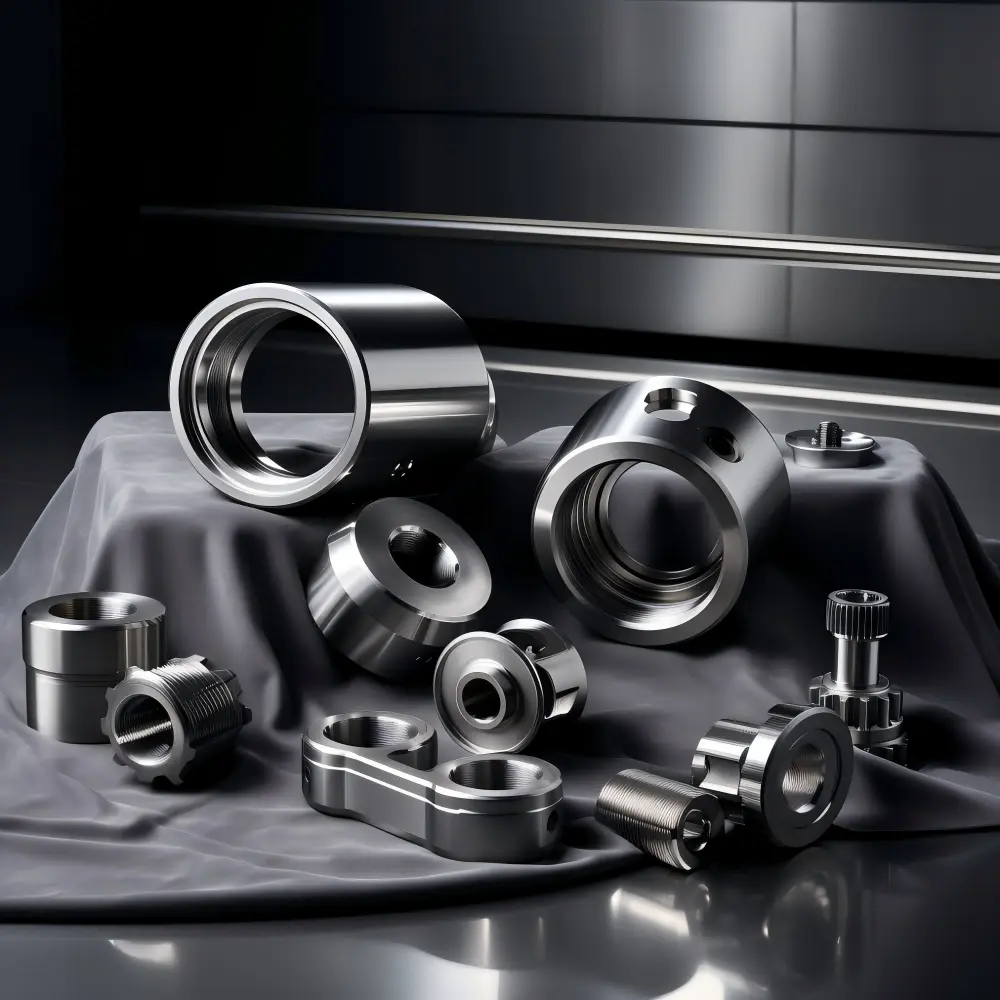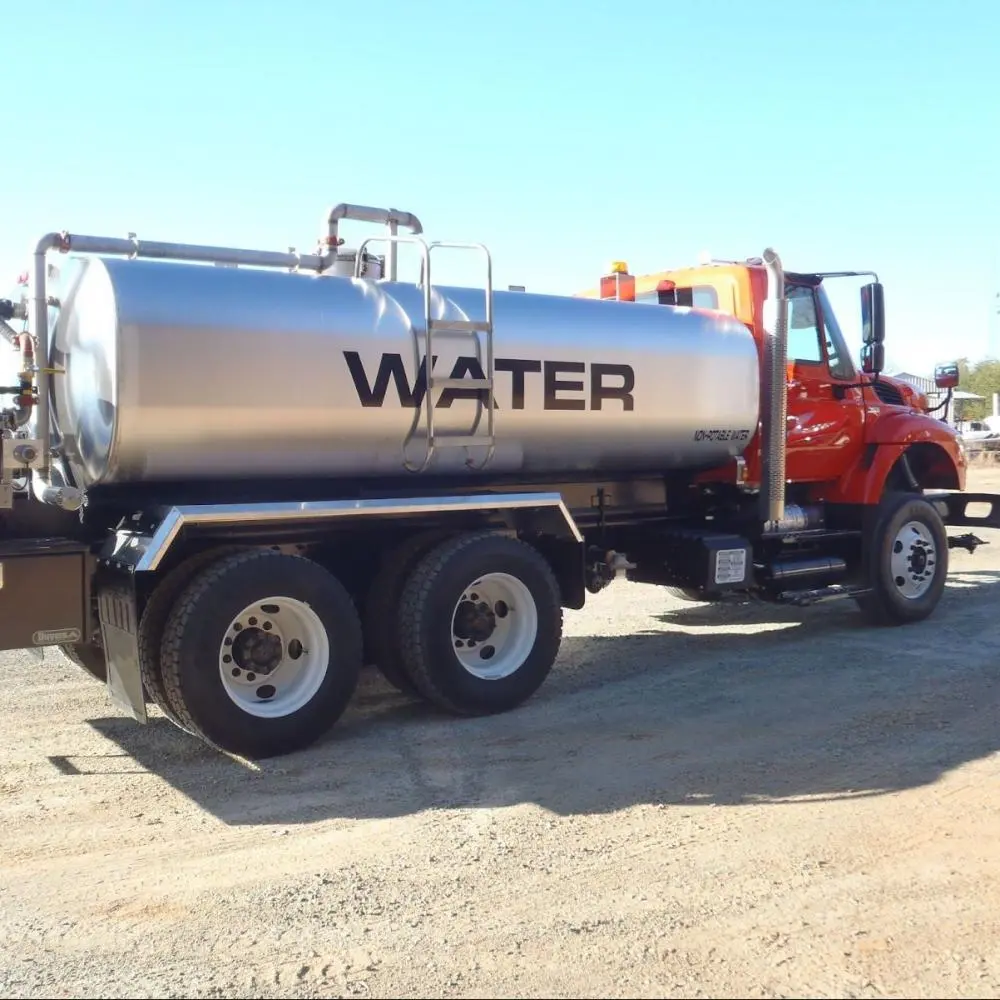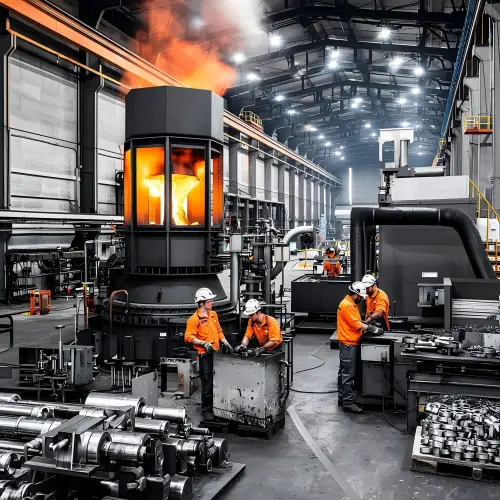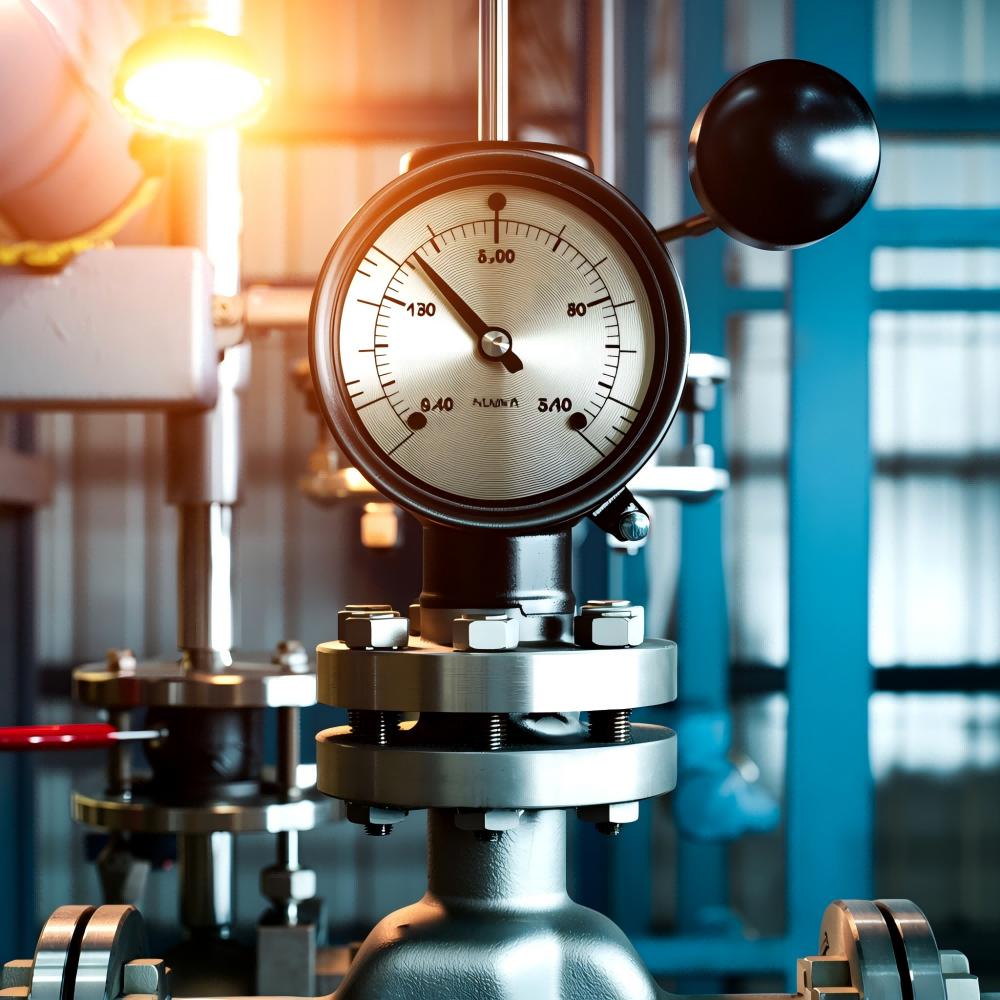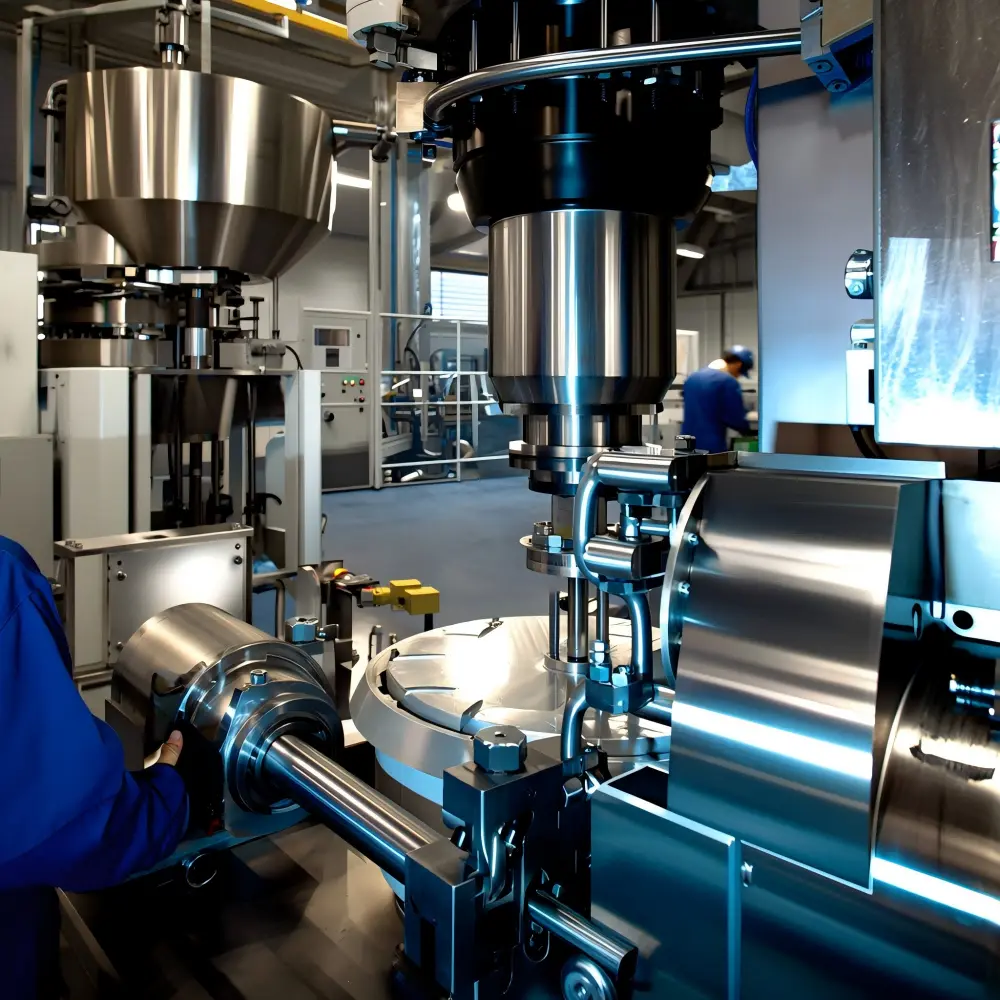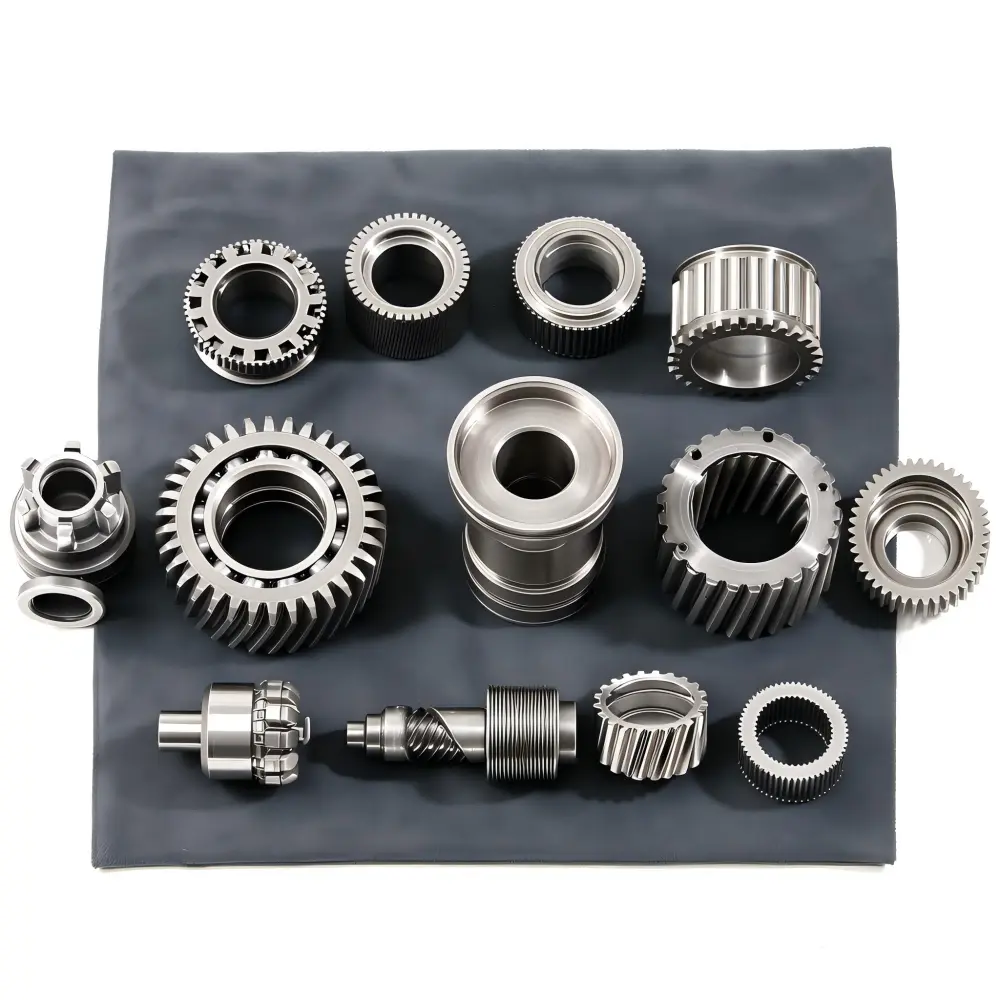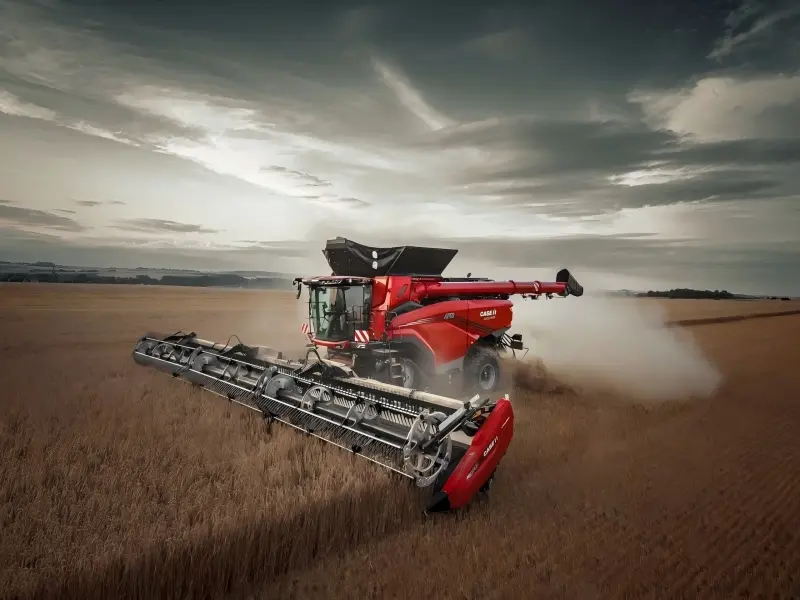Essential Tips for Designing Stainless Steel Investment Castings
Design plays a pivotal role in the success of stainless steel Investment Casting. It directly influences performance, cost, and manufacturability. A well-thought-out design ensures optimal casting quality by considering factors like wall thickness uniformity and surface texture standards. Engineers often employ the "Design to Cost" methodology, which balances cost modeling with quality to achieve the best product at the lowest possible cost. Additionally, simulation technology aids in refining designs, enhancing manufacturability, and ensuring dimensional accuracy. These considerations are crucial for achieving a stable and repeatable casting process.
Overview of Stainless Steel Investment Casting
Definition and Process
Stainless steel investment casting, also known as precision casting or Lost Wax Casting, is a sophisticated manufacturing process. It involves creating complex metal parts by pouring molten stainless steel into a ceramic mold. This mold forms by coating a wax pattern with a ceramic material, which is then heated to remove the wax, leaving a cavity for the metal. The process allows for the production of intricate shapes with high dimensional accuracy and fine details. Unlike other casting methods, stainless steel investment casting can produce parts with excellent surface finishes and minimal post-processing requirements.
Benefits of Using Stainless Steel
Stainless steel offers several advantages in the investment casting process. Its composition, which includes iron, carbon, and chromium, provides exceptional corrosion resistance and strength. This makes it ideal for applications requiring durability and precision. The material's ability to fill molds completely reduces voids and surface defects, resulting in high-quality castings. Additionally, stainless steel investment casting can consolidate multiple parts into a single component, enhancing strength and reducing assembly costs. The process achieves high levels of corrosion and abrasion resistance without the need for additional machining or plating.
Common Applications
Stainless steel investment casting finds use across various industries due to its versatility and reliability. In the aerospace sector, it produces components that withstand extreme conditions. The automotive industry benefits from its ability to create lightweight yet strong parts. In food processing, stainless steel's corrosion resistance ensures hygiene and longevity. Desalination plants and pump manufacturers rely on its durability in harsh environments. The medical field uses it for precision instruments, while the mining and petrochemical industries value its robustness. This casting method's adaptability makes it suitable for a wide range of applications, from machinery production to intricate medical devices.
Key Design Considerations
Size and Weight
Designers must carefully consider size and weight when creating stainless steel investment castings. These factors directly influence the casting's feasibility and cost-effectiveness. Larger castings require more material and energy, increasing production costs. Conversely, smaller castings may demand precision tooling to maintain quality. The balance between size and weight impacts the overall efficiency of the manufacturing process.
Scientific Research Findings:
- Design for Manufacturing emphasizes optimizing product design to reduce manufacturing costs while maintaining quality. This principle applies to stainless steel investment casting, where size and weight play crucial roles.
Castability
Castability refers to how easily a design can be manufactured using the investment casting process. Designers should aim for simplicity in geometry to enhance castability. Complex shapes may require additional steps, increasing production time and cost. Wall thickness is another critical factor. Uniform wall thickness ensures even cooling and reduces the risk of defects. Typically, a minimum wall thickness between 0.040 inches and 0.125 inches is recommended, depending on the part's complexity.
Scientific Research Findings:
- Component Design Influence on Casting Process Selection highlights that design complexity affects the choice of casting method. Stainless steel investment casting excels in producing intricate shapes, but designers must consider castability to optimize the process.
Material Selection
Material selection is vital in stainless steel investment casting. The chosen alloy must meet the application's performance requirements. Stainless steel offers excellent corrosion resistance and strength, making it suitable for various industries. However, different grades of stainless steel provide varying properties. Designers must select the appropriate grade to ensure the casting meets the desired specifications.
Scientific Research Findings:
- Product Design Impact on Feasibility suggests that efficient design can significantly reduce costs and lead times. Material selection plays a crucial role in achieving this efficiency in stainless steel investment casting.
Tooling and Tolerances
Importance of Precision Tooling
Precision tooling stands as a cornerstone in the stainless steel investment casting process. It ensures that each casting meets the exact specifications required for its intended application. The development of precision tooling involves meticulous planning and execution. This process impacts several aspects of production, including scrap rate, cycle time, and inspection time.
"Precision tolerances are what can be achieved using rigorous tooling development and a diligent focus on process control."
Achieving precision tolerances often requires a higher initial investment. However, this investment pays off by reducing the need for extensive post-casting machining. The Precision Tolerance in Die Casting patent highlights that while precision tooling may increase casting prices and tooling replacement frequency, it ultimately enhances the quality and consistency of the final product.
Understanding Tolerances
Tolerances in stainless steel investment casting define the permissible limits of variation in a physical dimension. They play a crucial role in ensuring that cast components fit and function as intended. The Investment Casting Tolerances and Machining Capability document emphasizes that even if initial tolerances are not met, machining capabilities can adjust the components to meet the required specifications.
Technological advancements have significantly improved the ability to achieve tighter tolerances. Innovations such as Computer-Aided Design (CAD) and Manufacturing (CAM), along with real-time monitoring, have made processes more accurate. These technologies reduce errors and enhance the precision of castings. The Technological Advances in Casting Processes abstract notes that these advancements open new avenues for achieving high-quality outputs.
As-Cast Design Features
Incorporating Functional Features
Incorporating functional features into stainless steel investment castings requires careful planning and execution. Engineers must consider the specific requirements of the application to ensure that the casting performs optimally. Functional features such as holes, threads, and complex geometries can be integrated directly into the casting process. This integration reduces the need for additional machining, saving time and cost.
-
Direct Integration: By designing features to be cast directly, engineers can minimize post-processing. This approach enhances efficiency and maintains the integrity of the casting.
-
Complex Geometries: Investment casting allows for the creation of intricate shapes. Engineers should leverage this capability to incorporate necessary features without compromising the casting's structural integrity.
-
Simulation Tools: Utilizing simulation software can aid in predicting how these features will affect the casting process. This technology provides insights into potential issues, allowing for adjustments before production begins.
"Simulation facilitates iterative design improvements by providing insights into the impact of design changes on casting quality."
Design for Manufacturability
Design for manufacturability (DFM) is a critical aspect of creating successful stainless steel investment castings. This approach ensures that the design not only meets performance requirements but also aligns with manufacturing capabilities.
-
Balancing Complexity and Manufacturability: Engineers must strike a balance between design complexity and manufacturability. While intricate designs are possible, they should not hinder the casting process. Simplifying geometry where possible can enhance manufacturability.
-
Prototyping and Testing: Before full-scale production, creating prototypes and conducting thorough testing is essential. This step verifies that the design meets all specifications and identifies any potential manufacturing challenges.
-
Optimizing for Cost-Effectiveness: By focusing on DFM principles, engineers can reduce manufacturing costs. This optimization involves designing components to take full advantage of the investment casting process, ensuring a return on investment.
"The principles of DFM are essential for creating a product optimized for manufacturing while maintaining high quality, reliability, and functionality."
Advantages and Applications of Stainless Steel Investment Castings
Stainless steel investment casting stands out in the manufacturing industry due to its numerous advantages and wide range of applications. This method offers unique benefits that make it a preferred choice for many sectors.
Versatility in Design
Stainless steel investment casting provides unparalleled versatility in design. Engineers can create complex geometries and intricate shapes that other casting methods cannot achieve. This flexibility allows for the integration of multiple components into a single casting, reducing assembly time and enhancing structural integrity. The process supports the production of parts with varying wall thicknesses and detailed features, making it ideal for custom and precision components.
Key Benefits:
- Complex Geometries: Enables the creation of intricate designs.
- Integration: Combines multiple parts into one, improving strength.
- Customization: Supports tailored solutions for specific needs.
Cost-Effectiveness
Despite the initial investment in tooling, stainless steel investment casting proves cost-effective in the long run. The ability to produce near-net-shape parts minimizes the need for extensive machining, reducing material waste and labor costs. Additionally, the durability and corrosion resistance of stainless steel extend the lifespan of components, lowering maintenance and replacement expenses. This method also allows for the consolidation of parts, which decreases the number of required assemblies and further cuts costs.
Economic Advantages:
- Reduced Machining: Minimizes post-processing requirements.
- Material Efficiency: Decreases waste through precise casting.
- Long-Term Savings: Offers durability and low maintenance costs.
Industry-Specific Applications
Stainless steel investment casting finds applications across various industries due to its superior properties. In the aerospace sector, it produces components that withstand high temperatures and stress. The automotive industry benefits from lightweight yet robust parts that enhance vehicle performance. In the medical field, the process creates precision instruments and implants with excellent biocompatibility. The food processing industry relies on stainless steel's corrosion resistance for hygienic equipment. Additionally, the petrochemical and mining sectors use these castings for their durability in harsh environments.
Industry Applications:
- Aerospace: High-temperature and stress-resistant components.
- Automotive: Lightweight, durable parts for enhanced performance.
- Medical: Precision instruments and biocompatible implants.
- Food Processing: Corrosion-resistant equipment for hygiene.
- Petrochemical and Mining: Durable components for extreme conditions.
Stainless steel investment casting continues to be a vital manufacturing process due to its versatility, cost-effectiveness, and adaptability across various industries. Its ability to produce high-quality, durable components makes it an invaluable asset in modern manufacturing.
Designing stainless steel investment castings requires careful attention to several key factors. Engineers should prioritize considerations such as wall thickness, linear tolerances, and surface texture to ensure product stability and longevity. By focusing on manufacturability, they can achieve efficient and cost-effective casting processes. Incorporating draft angles and fillets helps avoid potential issues and enhances the final product's quality. Applying these essential tips will lead to optimal casting results, providing durable and high-performance components across various industries.
See Also
Unlocking Precision Casting Success With Tin Bronze
Weighing the Advantages and Disadvantages of Investment Casting
A Deep Dive Into Silica Sol Investment Casting






